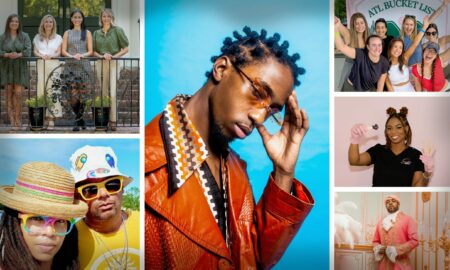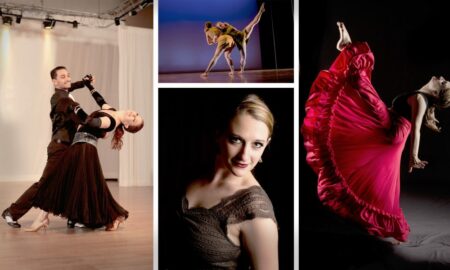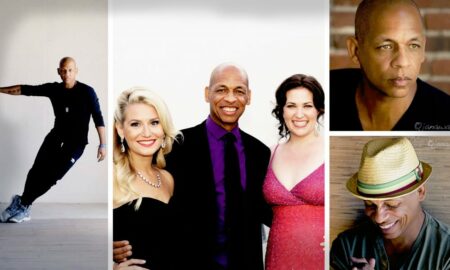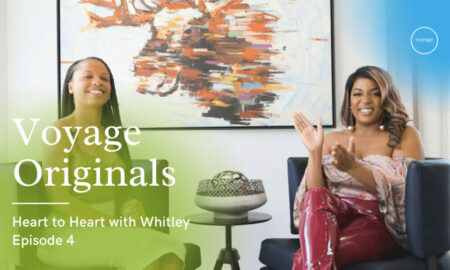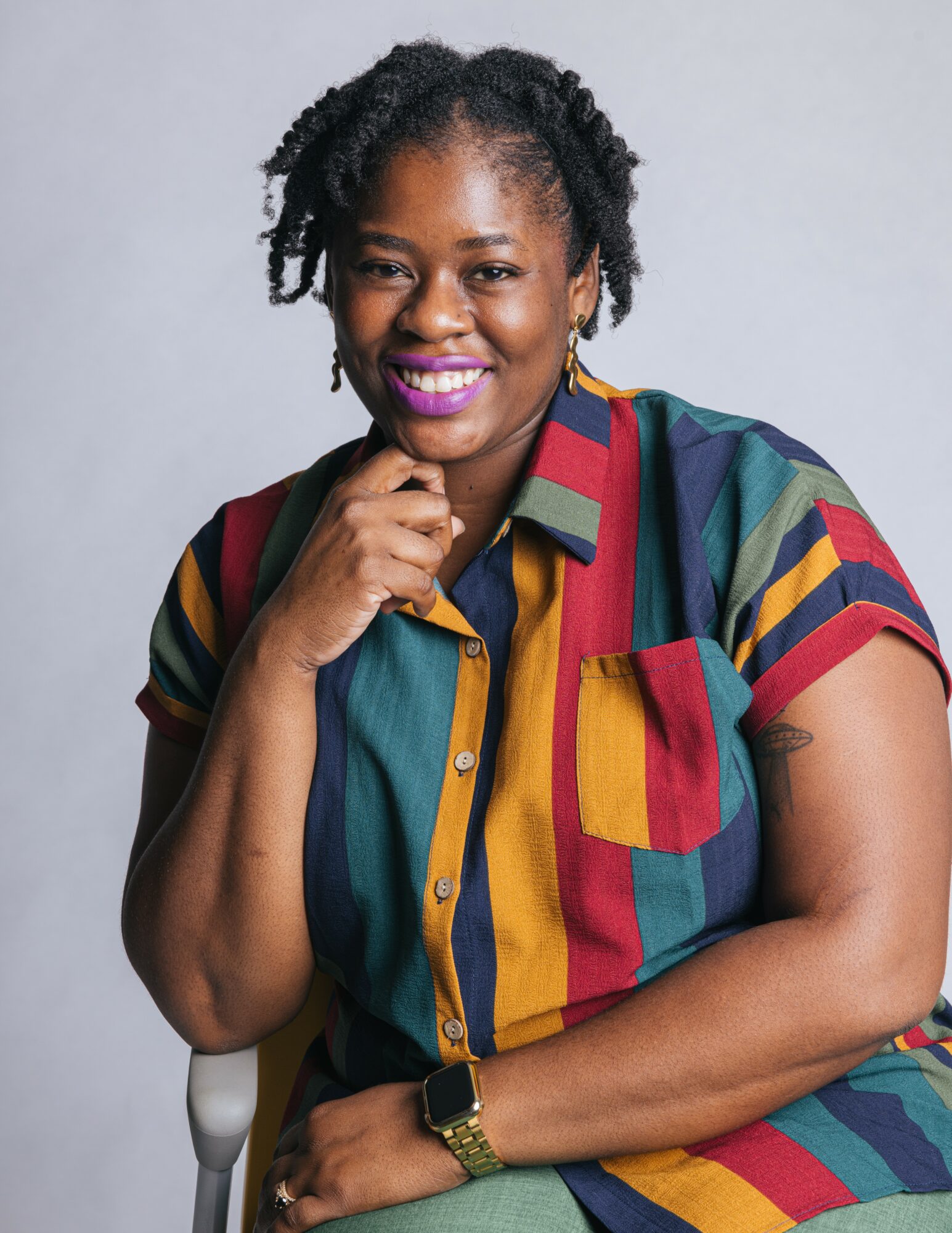

Today we’d like to introduce you to Cindy Elizabeth.
Hi Cindy, so excited to have you with us today. What can you tell us about your story?
My journey into art began at home. Growing up, I was surrounded by images—my parents filled their walls with photographs, portraits, and collages that celebrated Black life in all its complexity. My father created what he called Black history collages: large-scale compositions made from clipped images of Black artists, scholars, entertainers, and everyday people. Each collage came with a typed booklet he wrote in the evenings on his typewriter, filled with bios, historical facts, and contextual details about each person featured. His walls were filled with faces—relatives, historic figures, people he met once in passing—all assembled into an archive of pride and memory.
My mother’s walls were also covered in photographs. She always had a camera—disposables, film cameras, Polaroids, and eventually a digital point-and-shoot—and she documented everything, especially her church community, family, and friends. She made sure to preserve moments, often taking us to the Sears portrait studio once or twice a year for formal family portraits. These everyday acts of visual storytelling were my first introduction to the Black image and its power.
Inspired by both of my parents, I became the friend who always had a camera among my peers. In middle and high school, I documented everything—hallway hangouts, field trips, after-school events—and one of my favorite things was getting duplicate prints made to share with everyone. Looking back, that impulse to document and to share images with others was the beginning of my artistic path.
I received my BBA in business, but after graduating, I realized I didn’t want a corporate career. What I really wanted was to pursue something creatively fulfilling. In 2016, six years after earning my undergraduate degree, I returned to school to study photography and film. That decision opened up a world of possibilities. Not long after graduating, I began working as an editorial and photojournalistic photographer, collaborating with clients such as The New York Times, The Wall Street Journal, NPR, and Bloomberg, among others.
After several years in the editorial world, I felt called to deepen my artistic practice, which led me to begin an MFA in Studio Art at Georgia State University in 2023, with a concentration in photography and expanded media. Since then, my practice has grown to include fiber arts, allowing me to explore new materials and conceptual frameworks. My work now draws from both personal history and broader cultural narratives, continuing that early desire to document, preserve, and reimagine the visual language of Black life.
Alright, so let’s dig a little deeper into the story – has it been an easy path overall and if not, what were the challenges you’ve had to overcome?
The journey hasn’t always been easy, but it’s been incredibly meaningful. I consider myself a nontraditional artist, especially in comparison to many of my peers. I didn’t follow a conventional path—I didn’t earn a BFA, and aside from the required courses, I wasn’t enrolled in formal art classes during high school, even though I attended a fine arts high school. Much of my artistic training has been self-directed or pursued later in life, which has made the experience all the more impactful. Having to seek out formal education on my own terms gave me a deeper appreciation for the process and pushed me to be intentional about the kind of work I want to create and the questions I want to ask through my practice.
As you know, we’re big fans of you and your work. For our readers who might not be as familiar what can you tell them about what you do?
My work centers on the intersections of Blackness, materiality, and the environmental forces that shape and impact communities. I work across photography, video, and textiles, often combining these mediums to examine how Black culture is consumed, commodified, and represented under capitalism. A recurring motif in my work is the bonnet—an object that embodies memory, protection, heritage, and tradition, while also signifying the commodification of Blackness, the politics of respectability, and Black embodiment. The bonnet appears throughout my works as both a symbolic and material element. It functions as an abstract representation of Blackness itself—carrying the weight of pride and cultural continuity, as well as the burden of suppression, anti-Black violence, and rage. It holds a complicated, multi-layered existence that reflects the tensions within Black life and Black representation.
At the heart of my practice is the use of tactile, labor-intensive processes—like stitching, dyeing, and binding—not simply for their aesthetic qualities, but as metaphors for historical modes of survival, resistance, and reclamation within Black communities. In my most recent body of work, Alluvial Revenance, I explore Blackness as an ontological site and a form of material presence. In this series, I draw connections between the histories of Black people and the layered histories of land across the American South, asking how memory, trauma, and endurance become sedimented into both bodies and landscapes.
Alright so before we go can you talk to us a bit about how people can work with you, collaborate with you or support you?
I’m always open to meaningful collaboration, especially with those who are interested in exploring themes related to memory, materiality, and environmental histories. Whether it’s through co-creating visual work, engaging in interdisciplinary dialogue, or inviting me to participate in exhibitions, residencies, or workshops, I’m excited by opportunities that expand the ways we can think and make together. People can also support my work by following along with my current projects on instagram and sharing them within their communities. I believe in the power of collective learning and making, and I welcome invitations that are rooted in mutual concern and curiosity.
Contact Info:
- Website: https://www.cindyelizabeth.com
- Instagram: https://www.instagram.com/cindyelizabethstudio
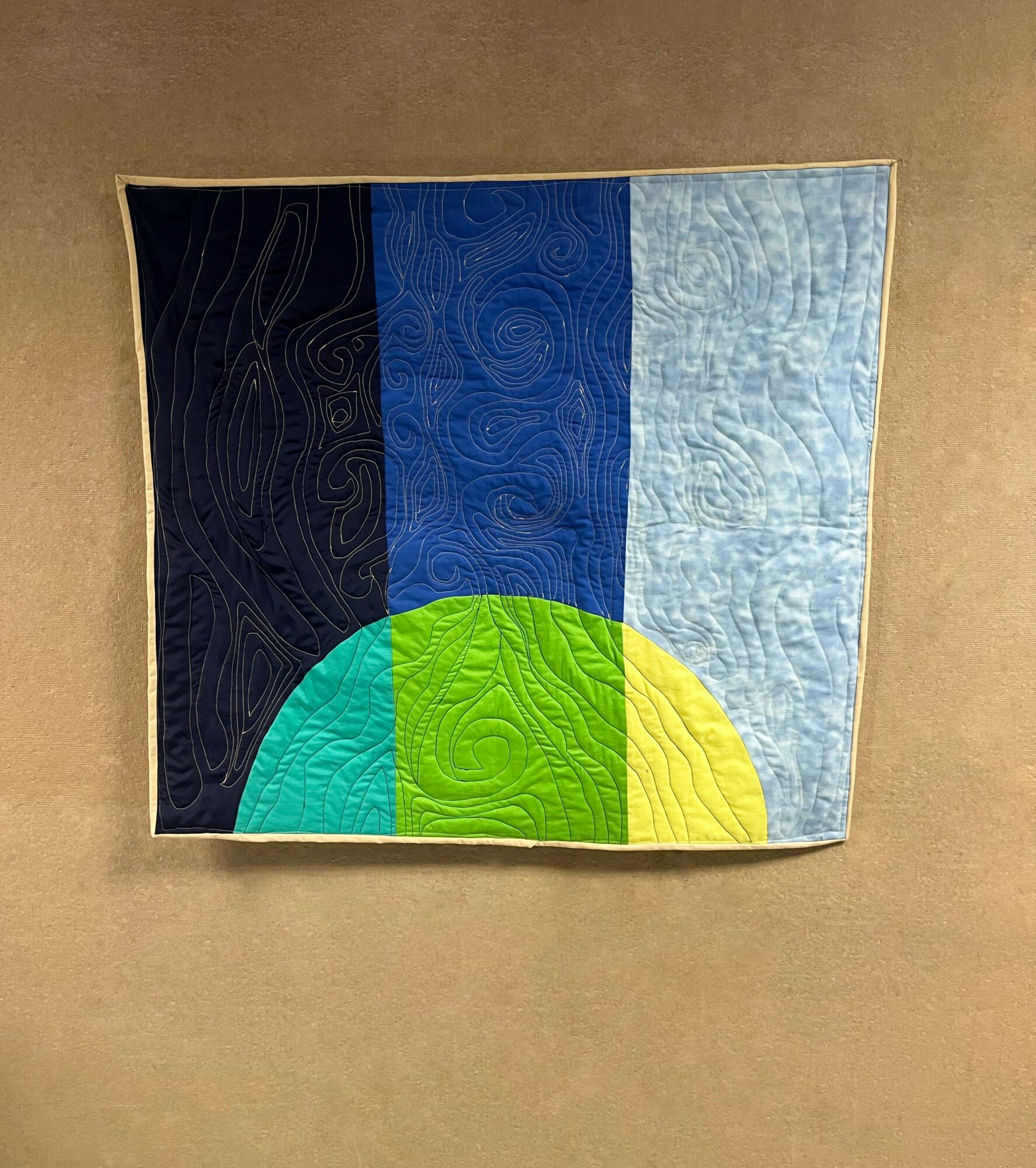
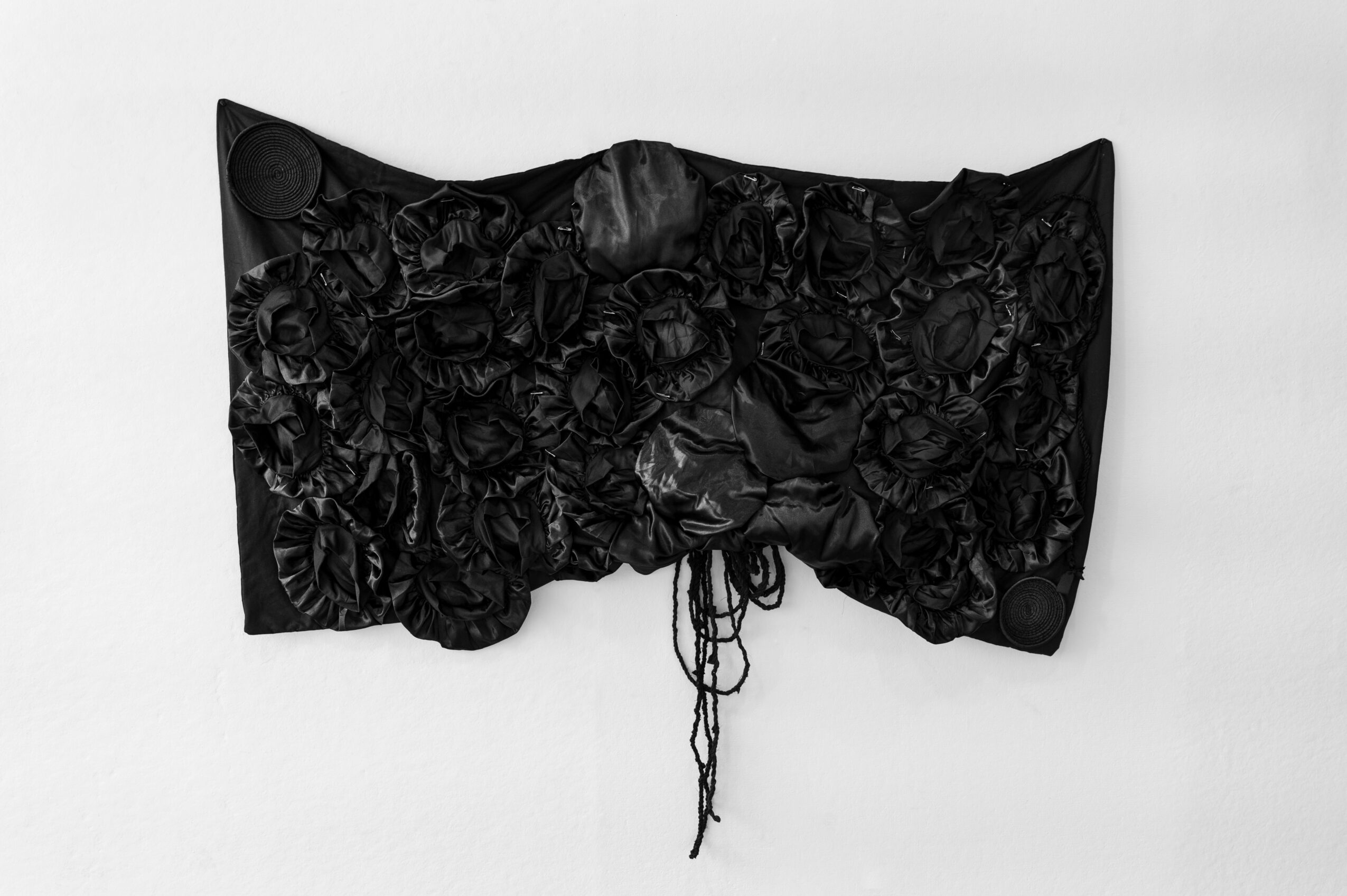
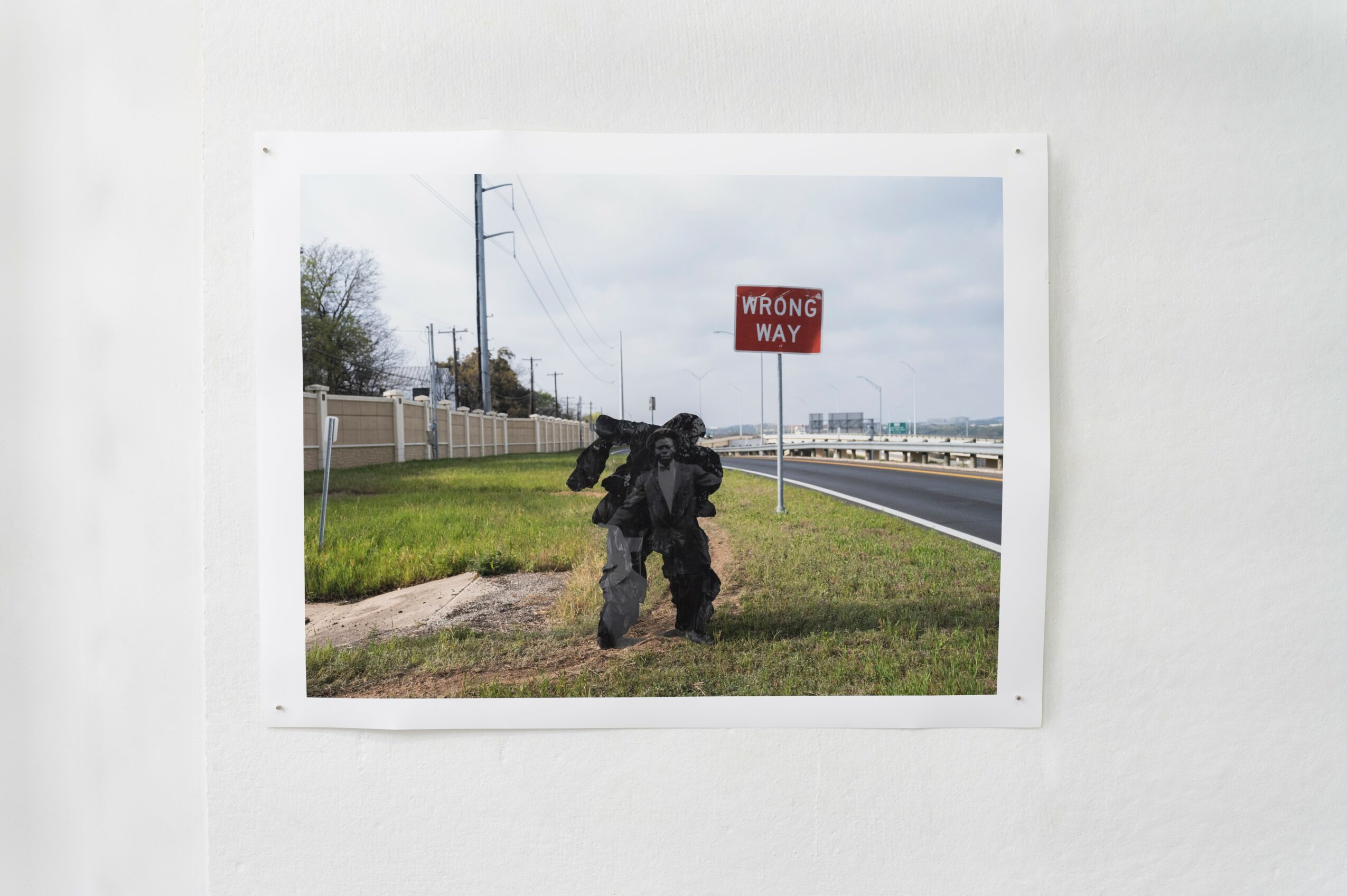
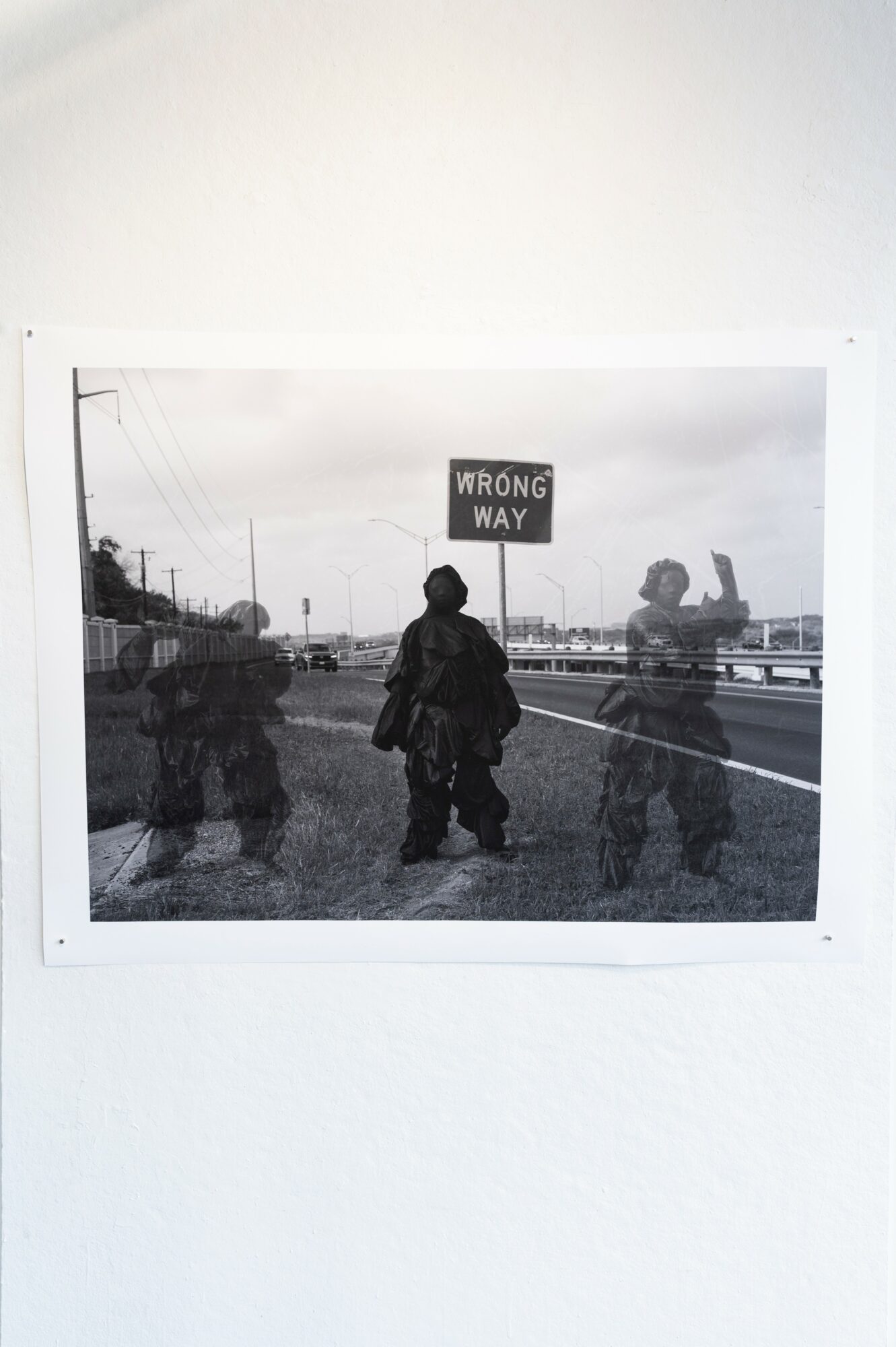
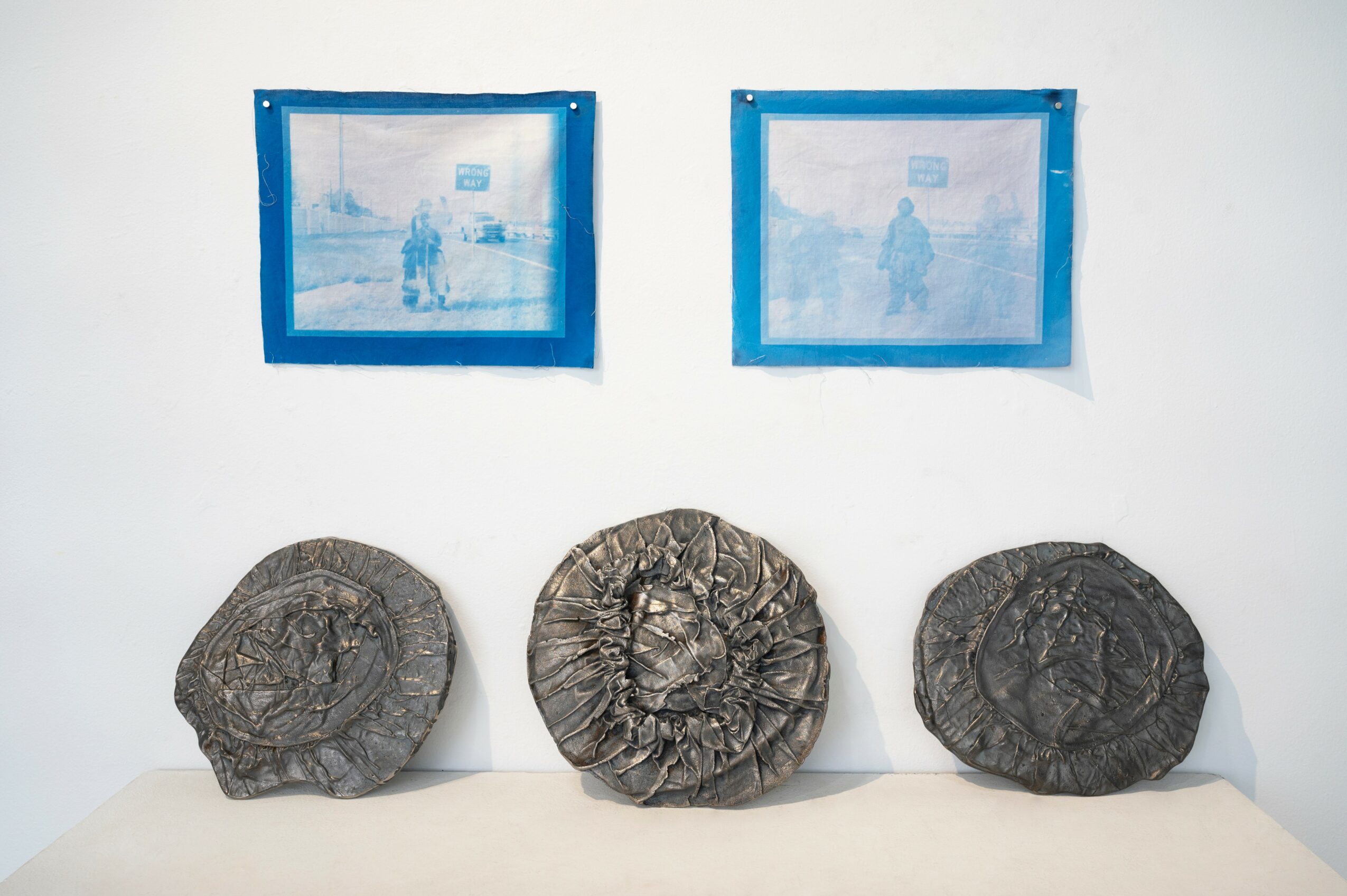
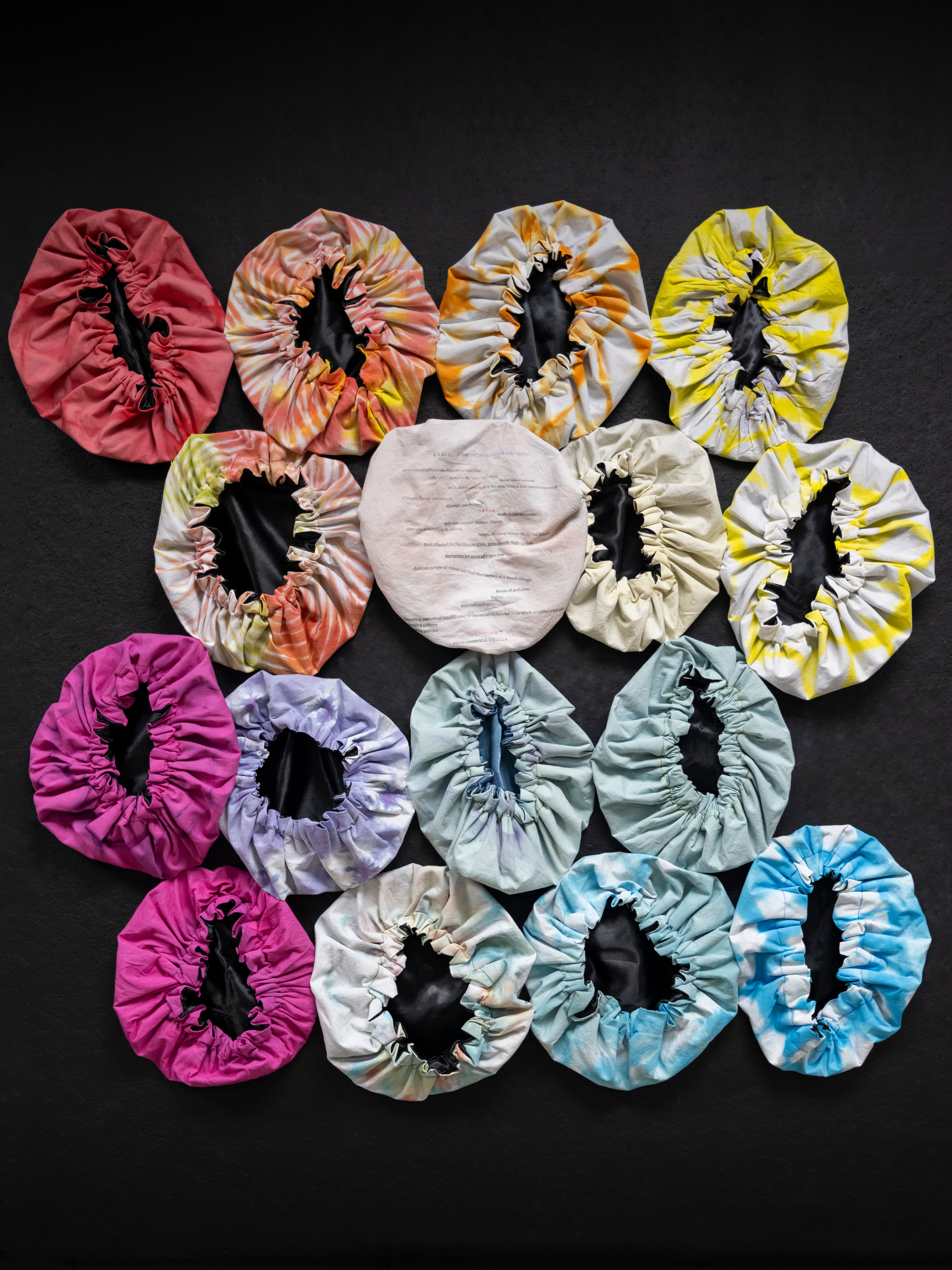
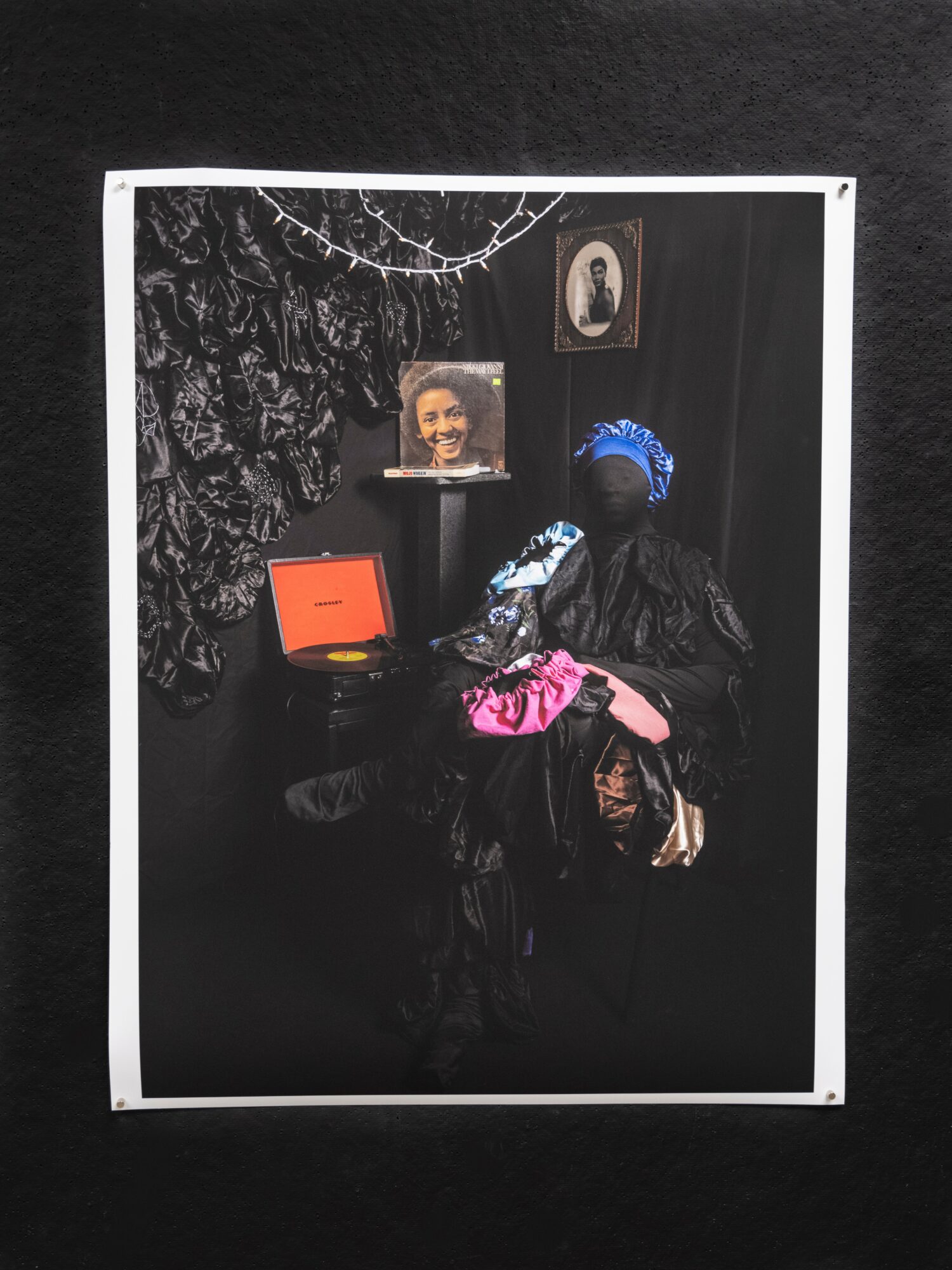

Image Credits
Headshot by Yufei Ren

